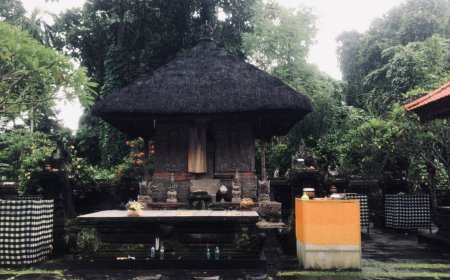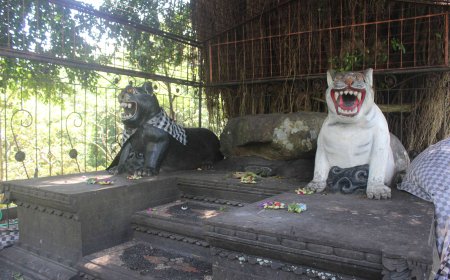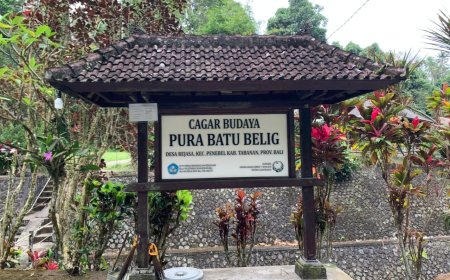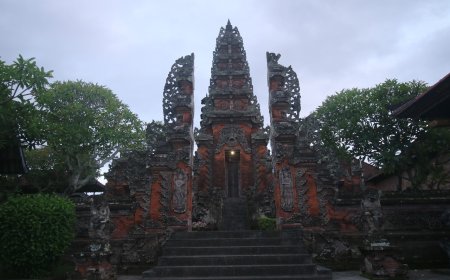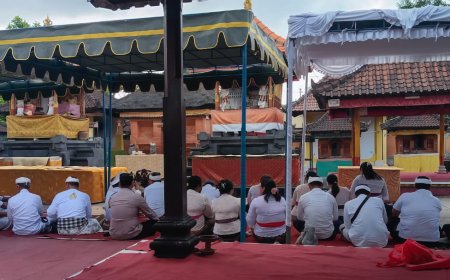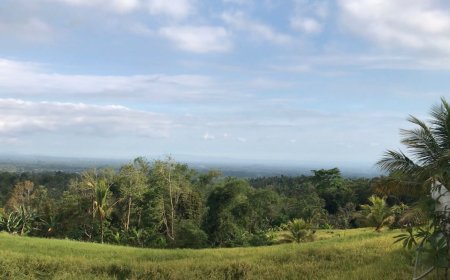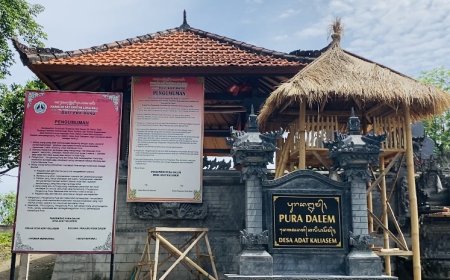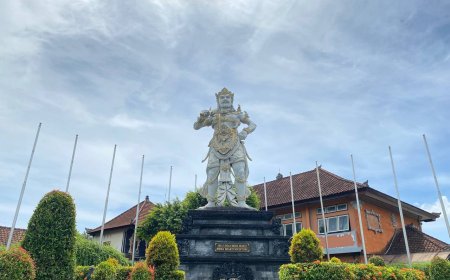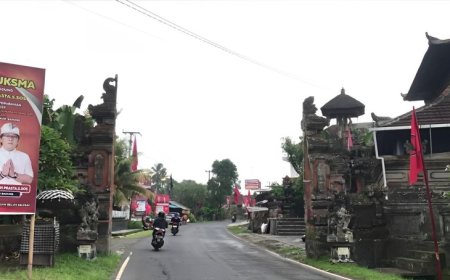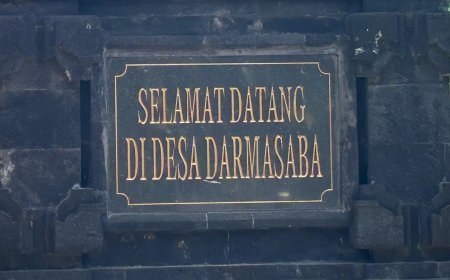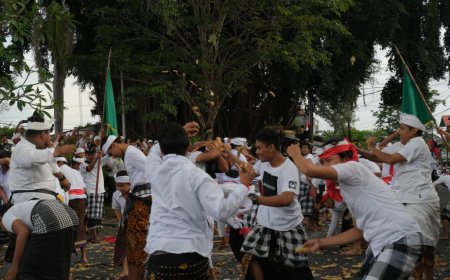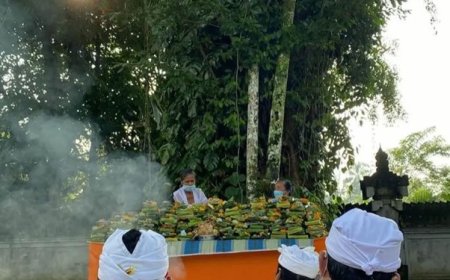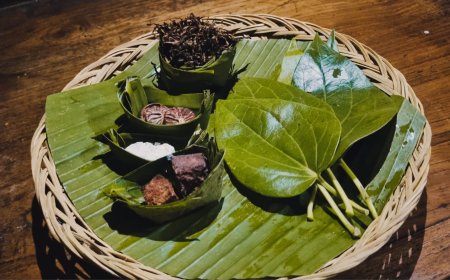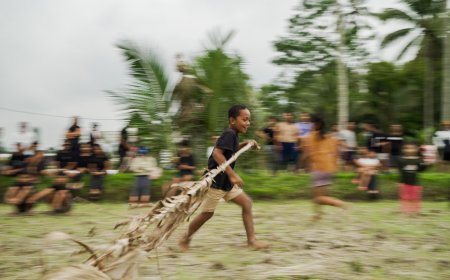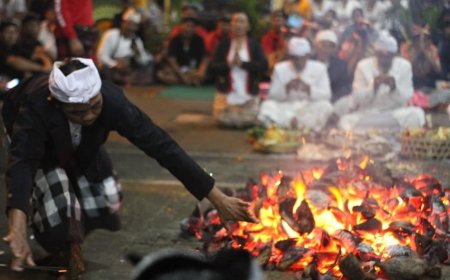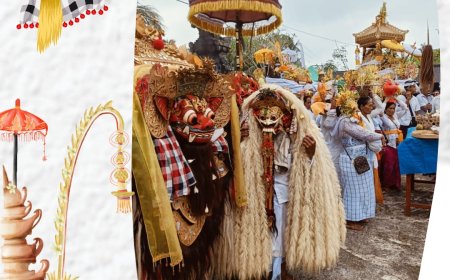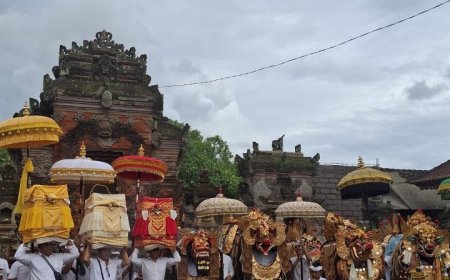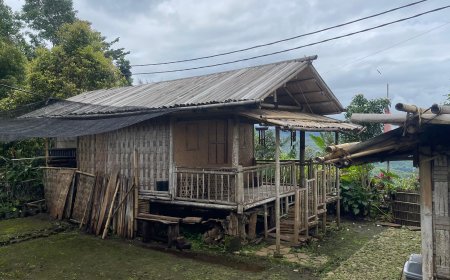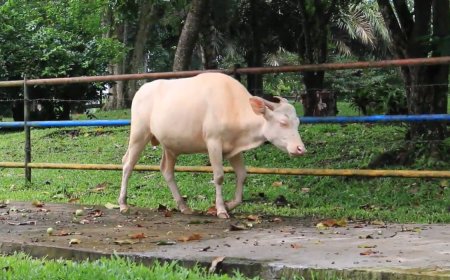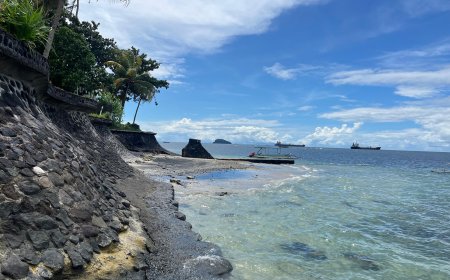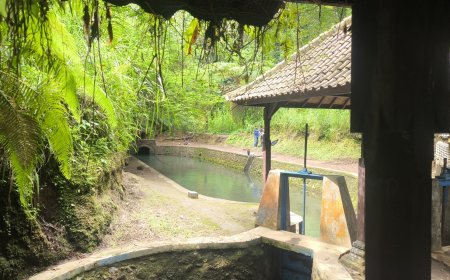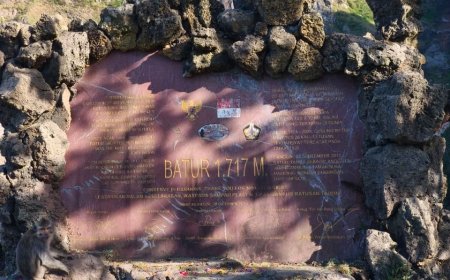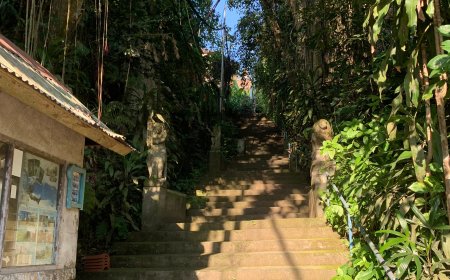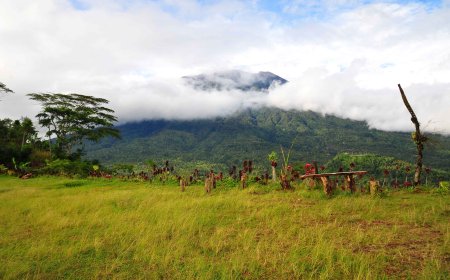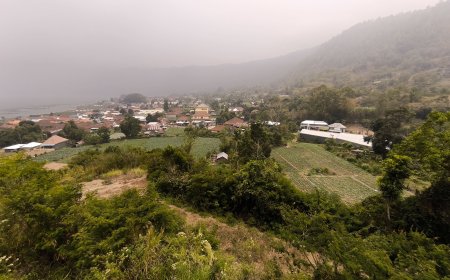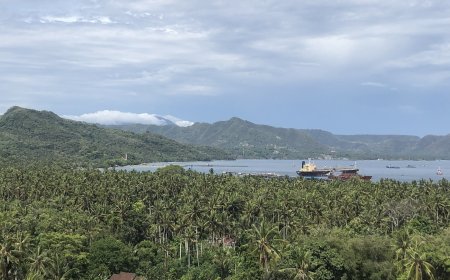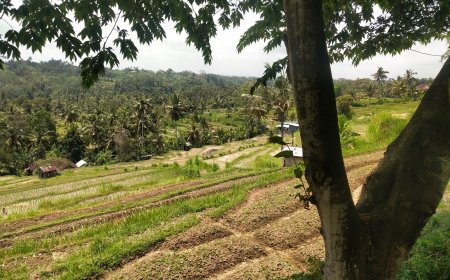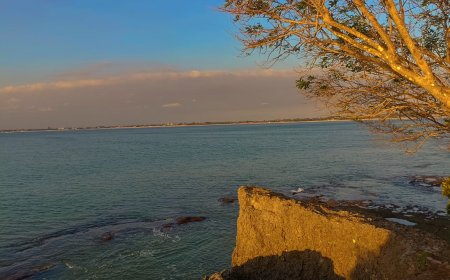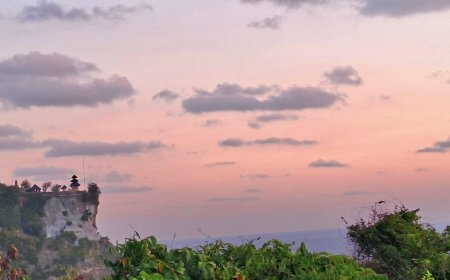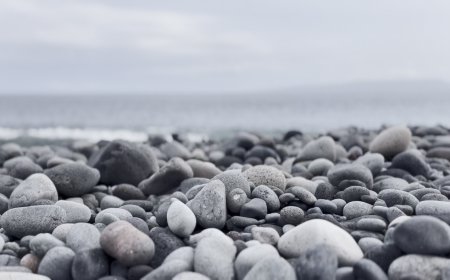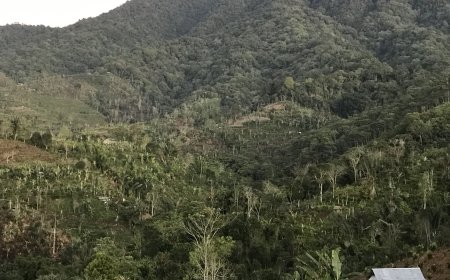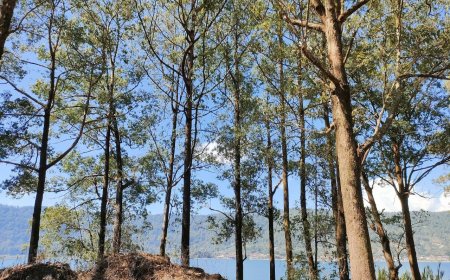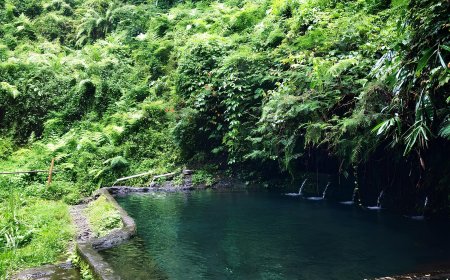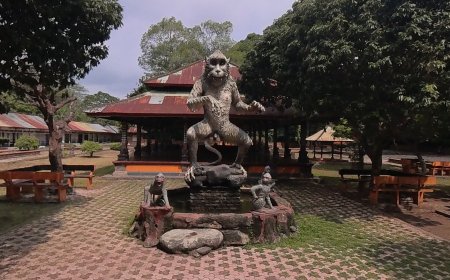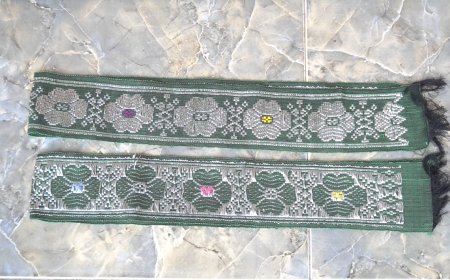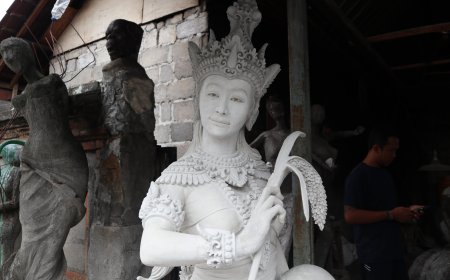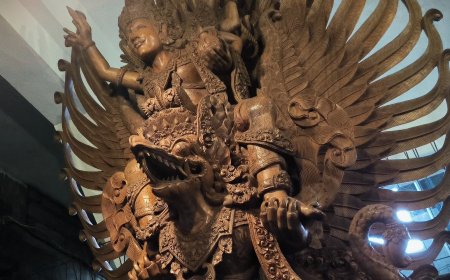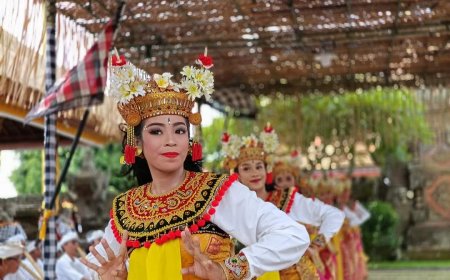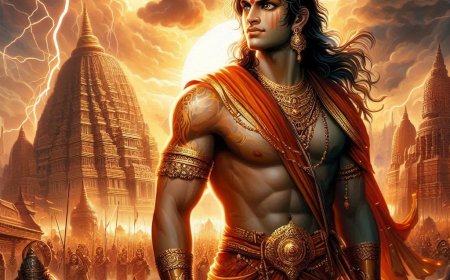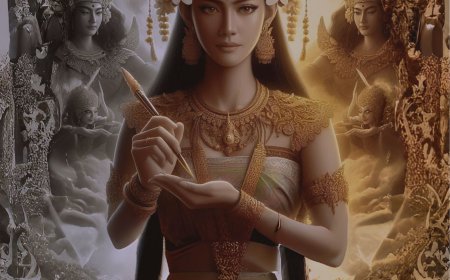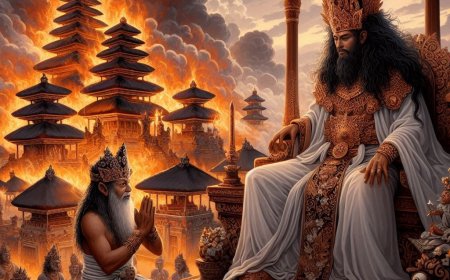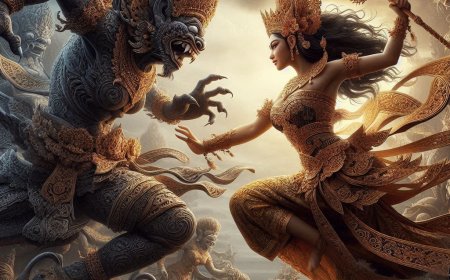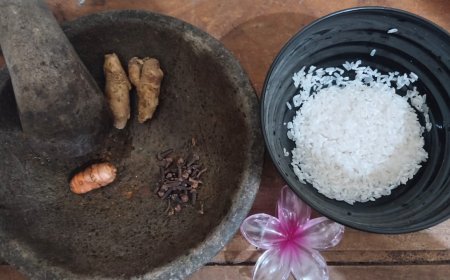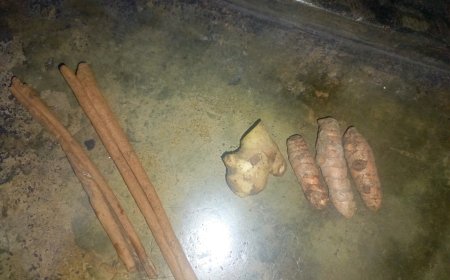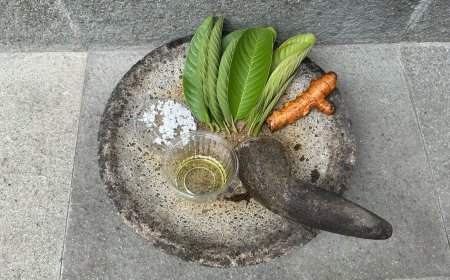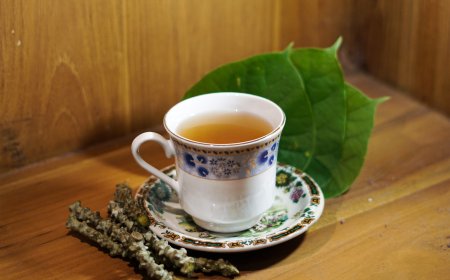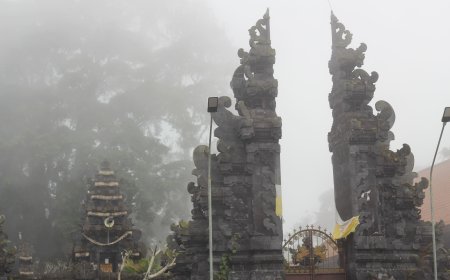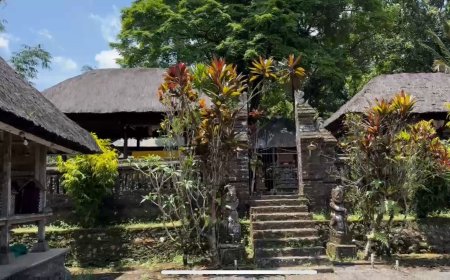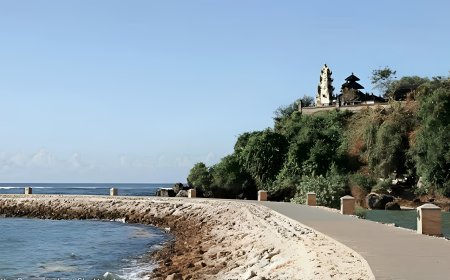Pura Beji Sangsit: Exploring Its History and Unique Architecture
Among the many unique temples scattered across the Island of the Gods, Pura Beji Sangsit in Sawan District, Buleleng Regency, Bali, stands out with its architectural beauty and uniqueness. This temple has a long history and captivating carvings, making it a cultural destination not to be missed by tourists visiting Bali.
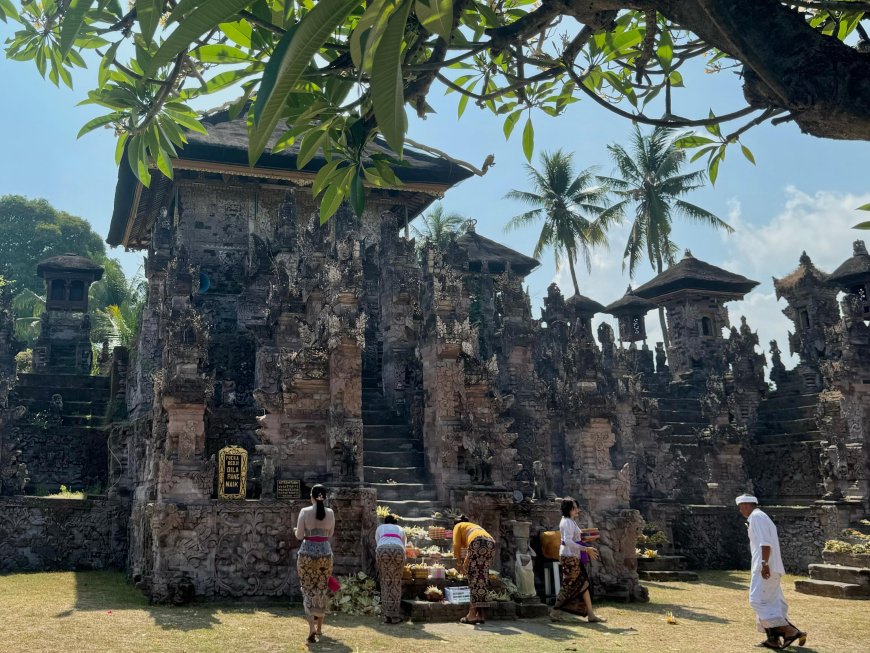
Pura Beji was built as a place of worship for Dewi Sri, who is believed to be the goddess of agriculture, especially rice fields and crops. This temple holds significant importance for the people of Sangsit Village, where most residents are farmers. According to historical records, Pura Beji is estimated to have existed since the 15th century and has been preserved and maintained by the local community up to the present day.
The name "Beji" holds a special meaning in Balinese, signifying a "water source" or "spring," which relates to the vital role of water in agricultural activities. This temple serves as a place of worship specifically for farmers who seek blessings for the fertility of their land and crops. On the eastern side of the temple, remnants of an ancient water source add to the temple's sacred and historical aura.
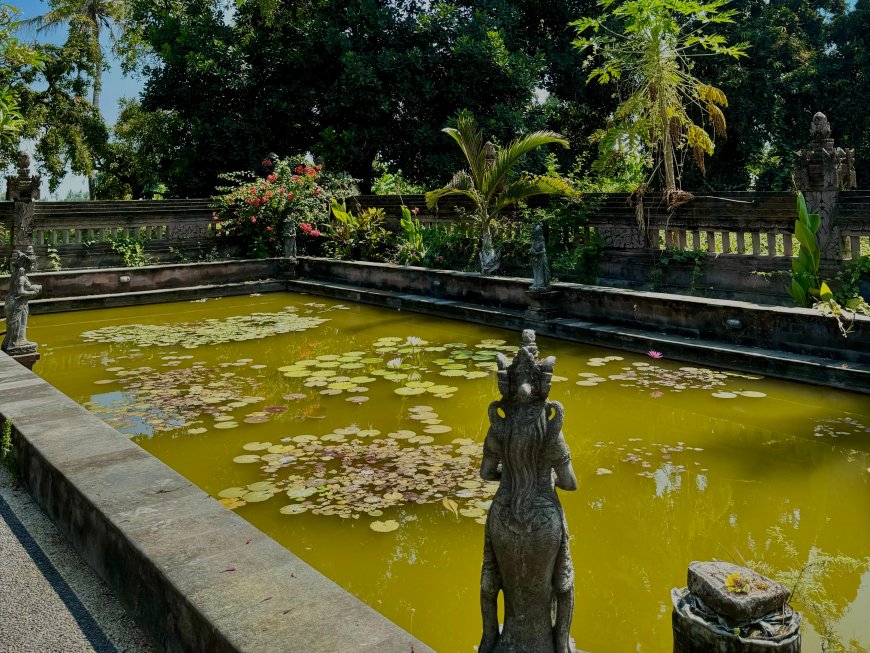
Remnants of the Water Source (Source : Personal Collection
Pura Beji Sangsit is known for its architecture, which adopts the distinctive North Balinese style, known as the "Buleleng style." The carvings at Pura Beji differ from those in other temples across Bali, as they are more vibrant and colorful. The temple's architecture includes highly detailed and intricate decorative elements, such as floral shapes, mythological animals, and plant motifs that create beauty while also holding deep philosophical meanings. Additionally, Pura Beji is built from pink sandstone, a unique feature that enhances the grandeur of the building.
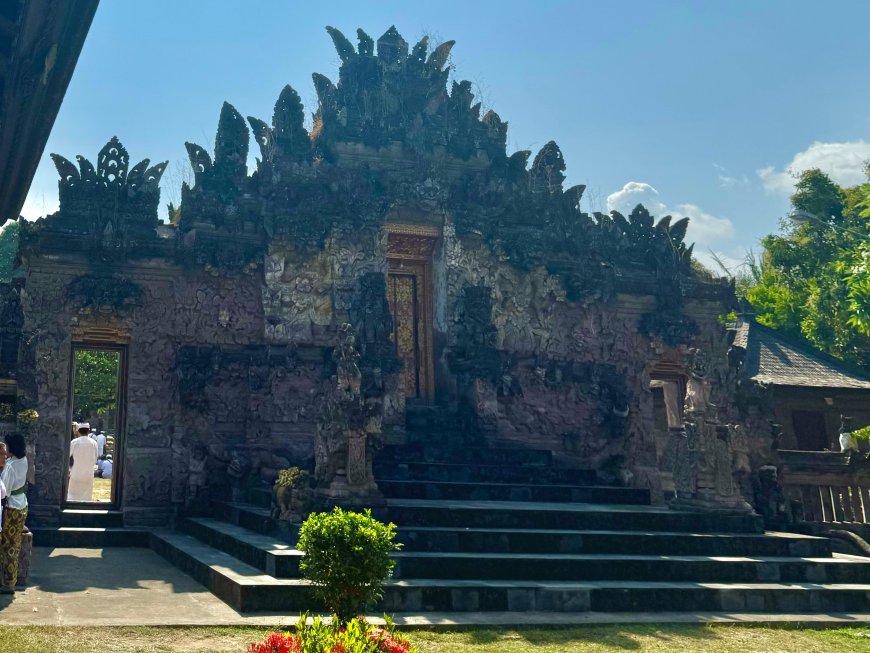
Enclosed Gate of Pura Beji Sangsit (Source : Personal Collection
The split gateway (candi bentar) at Pura Beji serves as the main entrance to the temple's inner area, offering a beautiful and meaningful view. At the top of the gate, there is the figure of Bhoma or Kirtimukha, a mythical creature believed to protect the temple from evil spirits, providing a sacred atmosphere and protection to the entire temple area. Upon entering the middle area or bale, visitors will find several pavilions used during ceremonies. This space exudes a strong Balinese traditional atmosphere, especially with the presence of traditional ornaments and seating that support various ceremonial activities.
Moving towards the inner area or jero, there is a large paduraksa portal adorned with carvings of vines and flowers that still retain the Northern Balinese carving style. One of Pura Beji’s unique features is the aling-aling, a structure that blocks evil spirits and is carved with images of two Dutch figures playing stringed instruments next to a dragon figure. In the inner area, there is the main shrine or pelinggih, which serves as the center of spiritual activities and the most sacred part of the temple. This shrine is dedicated to Sang Hyang Widhi, the principal deity worshipped in Balinese Hinduism. Additionally, there are several pelinggih for other deities such as Dewa Braban, Dewa Ayu Manik Galih, and Dewi Sri, who are believed to protect fertility and harvests. These shrines symbolize the greatness and presence of deities in the lives of the surrounding community.
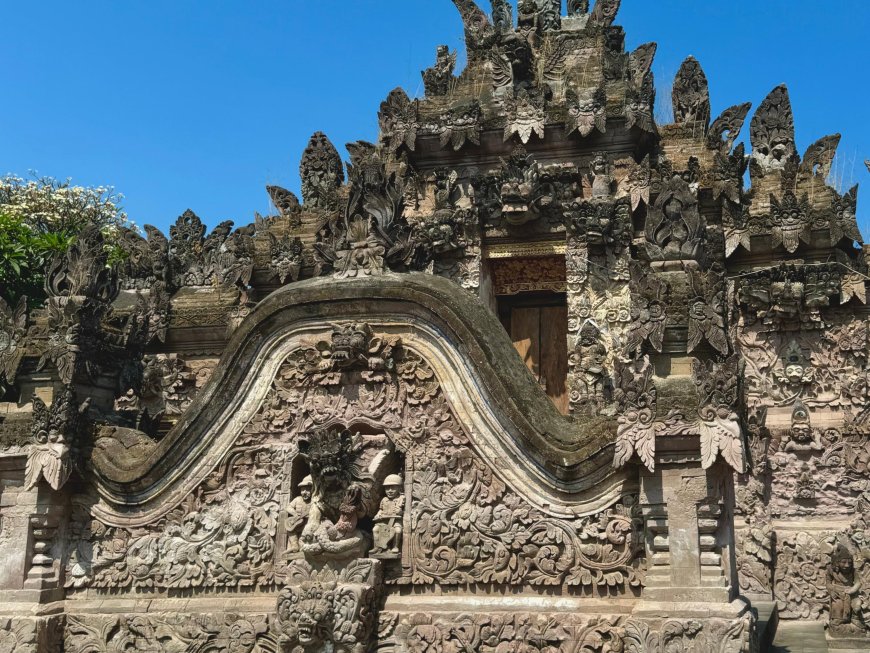
Architecture of Pura Beji Sangsit (Source : Personal Collection
For the Balinese people, Pura Beji holds profound meaning, not only as a place of worship but also as a symbol of a harmonious relationship between humans, nature, and God. Rituals conducted at this temple, such as the Ngusaba Desa ceremony, depict local wisdom in maintaining the balance of nature. Pura Beji is a historical site appreciated not only by the local community but also by tourists eager to learn about Balinese traditions.
Pura Beji Sangsit is one of the cultural sites that showcases the richness of Bali's cultural heritage. With its unique architecture, long history, and deep spiritual value, Pura Beji is a tourist destination that is not only visually stunning but also rich in traditional values and the life philosophy of the Balinese people. For tourists seeking a spiritual and cultural experience, Pura Beji Sangsit is a must-visit destination.
